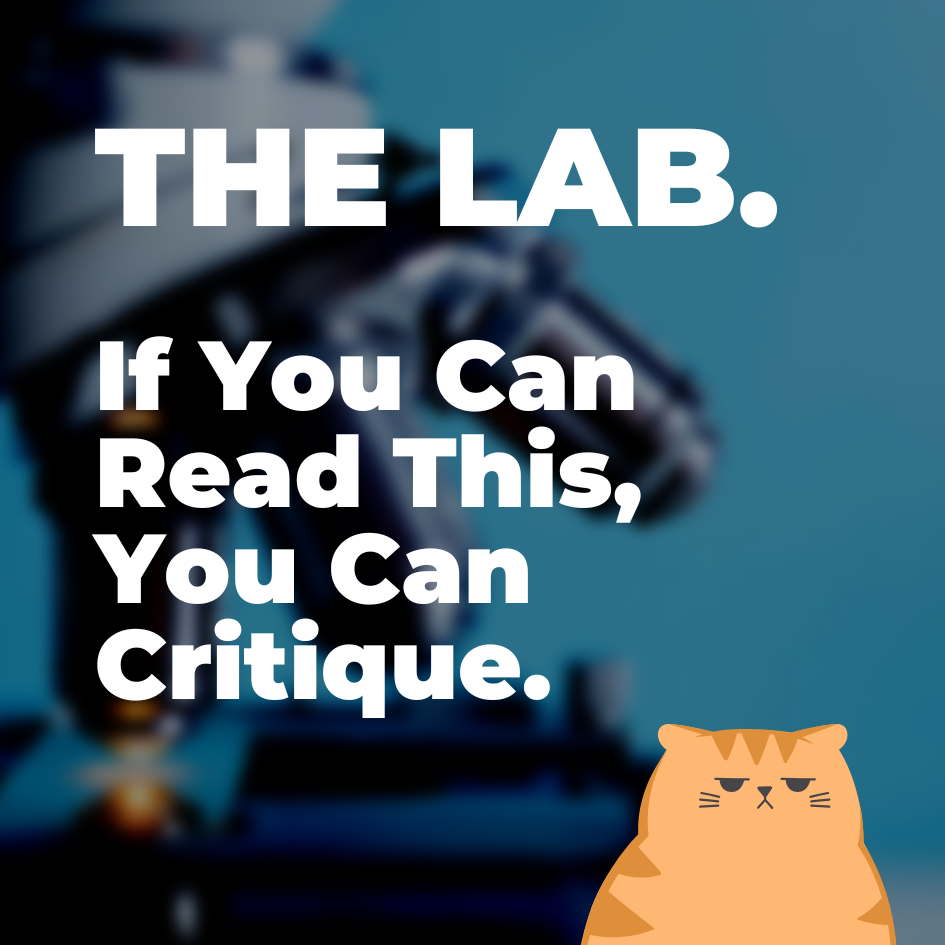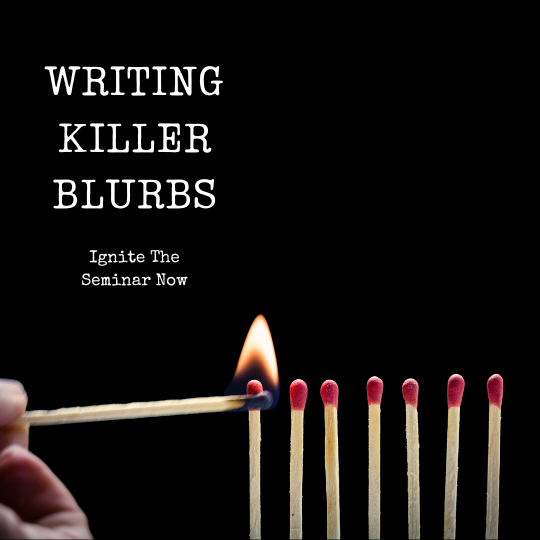T
Tom's House
Guest
The Quest for the Absolute is what writers and musicians and painters do when they're aiming high enough. It is a perilous path to set out on.
The quest is the attempt to capture in art a perfect, ineffable utterance—that which cannot be known or said in any language. It can lead to silence and even death, though this does not stop some artists from trying to say it or write it or sound it out in music or paint it.
When Hart Crane wrote that
“And then a perfect cry/
Shall string some constant harmony”
he was talking about a hoped-for success where, as he was finding out day by day, no success was possible. When the critic Harold Bloom said that Crane wrote “each lyric in such a way that you literally feel he’s going to die if he can’t bring it off,” he was right.
Another poet, Stephane Mallarme was haunted by “le vide papier que la blancheur défend (the blank page defended by its whiteness).” For him the first black marks (words) that any writer puts on that page blemish its purity and move away from the absolute, not toward it. Hemingway spoke of the need to write “one true sentence.” In his own mind, he never achieved this.
And so one night in 1932 Hart Crane leapt from the deck of a passenger ship into the dark waters of the Gulf of Mexico and drowned. Mallarme retreated into a virtually impenetrable obscurity in his search for the transcendent Book (written with a capital B). Hemingway blew his brains out with a shotgun blast.
I think, too, of Charlie Parker trying to squeeze the perfect improvisational phrase out of Lover Man in a Los Angeles recording studio not long before he finally succeeded in killing himself with heroin. Tenor saxist Sonny Rollins followed Bird five years later. A young Stan Getz was luckier. After time in prison for robbing a drugstore he continued on a longer career. Yet for all its lyrical beauty the music he created thereafter lacked the terrible intensity and metaphysical splendor of his early work. He gave up the absolute to live life within the confines of the possible.
(Excerpt from The Editor, a novel in progress)
The quest is the attempt to capture in art a perfect, ineffable utterance—that which cannot be known or said in any language. It can lead to silence and even death, though this does not stop some artists from trying to say it or write it or sound it out in music or paint it.
When Hart Crane wrote that
“And then a perfect cry/
Shall string some constant harmony”
he was talking about a hoped-for success where, as he was finding out day by day, no success was possible. When the critic Harold Bloom said that Crane wrote “each lyric in such a way that you literally feel he’s going to die if he can’t bring it off,” he was right.
Another poet, Stephane Mallarme was haunted by “le vide papier que la blancheur défend (the blank page defended by its whiteness).” For him the first black marks (words) that any writer puts on that page blemish its purity and move away from the absolute, not toward it. Hemingway spoke of the need to write “one true sentence.” In his own mind, he never achieved this.
And so one night in 1932 Hart Crane leapt from the deck of a passenger ship into the dark waters of the Gulf of Mexico and drowned. Mallarme retreated into a virtually impenetrable obscurity in his search for the transcendent Book (written with a capital B). Hemingway blew his brains out with a shotgun blast.
I think, too, of Charlie Parker trying to squeeze the perfect improvisational phrase out of Lover Man in a Los Angeles recording studio not long before he finally succeeded in killing himself with heroin. Tenor saxist Sonny Rollins followed Bird five years later. A young Stan Getz was luckier. After time in prison for robbing a drugstore he continued on a longer career. Yet for all its lyrical beauty the music he created thereafter lacked the terrible intensity and metaphysical splendor of his early work. He gave up the absolute to live life within the confines of the possible.
(Excerpt from The Editor, a novel in progress)




